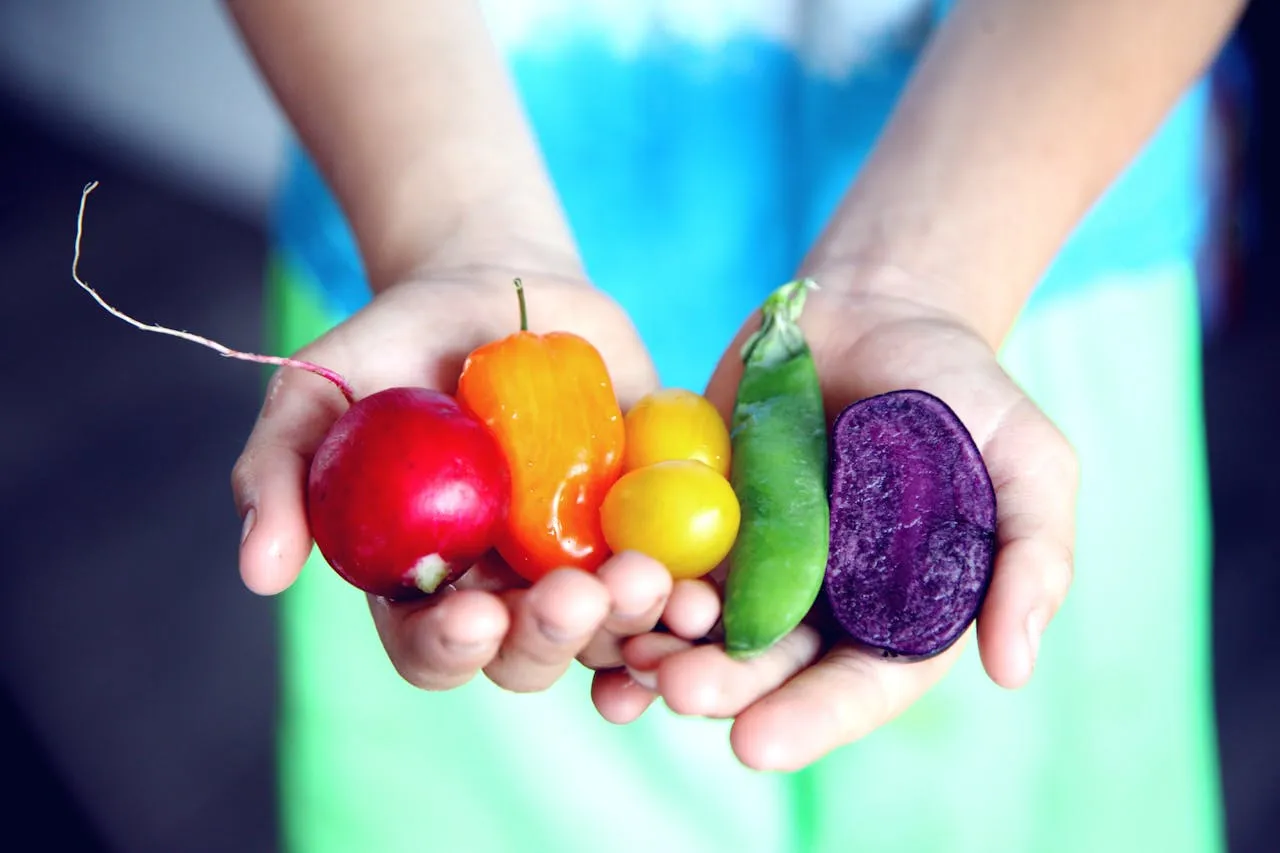FCRN member Chris Foster has recently co-authored this paper, which argues that a focus on ‘greening’ individual products without changing the wider socio-economic context within which products are produced, marketed and consumed is likely to achieve very little.
Abstract
Prospects for future innovation to reduce the carbon intensity of everyday consumer products rest significantly on the path dependent processes that have caused current products with their associated modes of provision and practices of consumption to be as they are. We use the history of orange juice to examine the dynamics of innovation sequences that have emerged to solve a series of ‘problems’ associated with the production and consumption of orange juice, the latest being the carbon problem. In particular, we focus on the interdependencies between consumer expectations of what constitutes ‘good orange juice’, changes in the product itself and in the system through which it is provisioned. We conclude with a discussion of how historical, path dependent processes lead to alternative framings of the new problem to be solved and different strategies for pursuing innovative solutions.
Conclusions
Some efforts to understand how transitions to more sustainable societies might occur paint a picture of potentially dramatic revolutions in socio-technical systems connected to mobility, the built environment, energy production and so on. At first glance, focusing attention on a product such as orange juice might appear parochial by comparison, but as we have shown, orange juice is enmeshed in a vast and complex socio-technical system of global scale and is consumed in great quantities. The product is associated with a range of consumer expectations about the necessary qualities of ‘good’ orange juice. In its history changing consumer practice can be observed – in terms of how OJ is purchased, stored at home and prepared. As such, the practice of drinking OJ has changed significantly in terms of how people store, prepare, serve and drink it and also in the qualities that are associated with good OJ. The system of provision has changed significantly too, with the emergence of a small number of powerful processors and retailers responsible for global production and distribution.
We have focused on the entanglement of consumer expectations with innovation pathways, using the notion of problem sequences and problem spaces to capture the idea that multiple problems interact with each other, waxing and waning in relative prominence, creating different targets for innovators. This evolutionary dynamic arises because there are always opportunities to improve on ‘current situations’, while competitive dynamics within the system of provision mean that there are always incentives for producers to innovate to solve the problems that exist within any situation. At the same time, this potential for persistent innovation is constrained by the very momentum and structures (physical and organisational) created in its realisation.
The case study also leads to some conclusions about the transformation of food systems more generally. First, attempts to address environmental impacts on a product-by-product basis (for instance by carbon labelling) will be hindered by consumers’ established expectations of individual products and their link to wider food-related practices. These attempts are likely to make little headway unless there are significant changes to those practices and expectations – a process that is unlikely to happen spontaneously and that will require the adjustment of consumer expectations built up over decades. Second, when considering the potential of different innovation pathways, it is important to consider both these factors and the roles that focal organisations play in existing systems. Where focal organisations have strong commercial interests in the continuation of a current situation or the preservation of an existing and stable problem space (as retailers and processors do in this case), a very strong vision of a future situation embedded in a reformed problem space will be needed to overcome understandable reluctance to disrupt a profitable status quo and undertake more than technical innovation within an existing system of provision.
Therefore, history matters a great deal in the development of strategies for reducing the carbon footprint of products for everyday consumption. The path-dependent processes that lead to present situations create a context and structure that constrain the framing of ecological problems and their associated solutions. The case of OJ points to the importance of accumulating interdependencies between products, modes of provision and practices of consumption in this respect.
Reference
Foster C, McMeekin A and Mylan J (2012): The entanglement of consumer expectations and (eco) innovation sequences: the case of orange juice, Technology Analysis & Strategic Management, 24:4, 391-405
You can download the paper here (subscription access only).
Other papers in this special issue can be found here.
For other studies that explore the relationship between technological innovation and the shaping of behavioural norms and habits you may want to have a look at the FCRN paper on refrigeration here: and the always interesting work of Elizabeth Shove at Lancaster.




Comments (0)